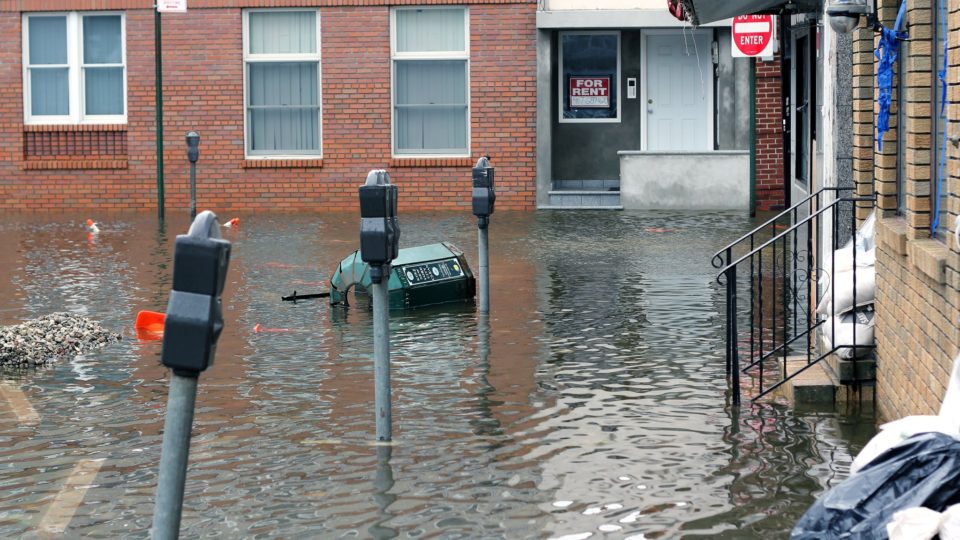In 2012, Superstorm Sandy’s storm surge combined with a high tide and buried lower Manhattan under 13 feet of water. Across all five boroughs, subways, highways, and parking garages flooded and homes and businesses were destroyed. Sandy caused nearly $20 billion in damages in New York City alone and more than 50 people died.
Ever since that disaster took place, there have been discussions about building storm surge barriers to protect the city from future storms. Columbia University’s Sabin Center recently hosted an event to discuss the feasibility of building such barriers.
A study by the U.S. Army Corps of Engineers called the NY and NJ Harbor and Tributaries Focus Area Feasibility Study (HATS, for short) evaluates five options for coastal protection, which range in scope and price.
The most extensive option would involve constructing six miles of storm surge gates along with 26 miles of floodwalls, levees, and buried seawalls. This option would cost $62 billion but could theoretically save $131 billion in damages and protect 95% of the study area.
The study also considers the side effects of building storm surge barriers. These include environmental impacts such as effects on fish and wildlife, water quality, noise and vibrations, and changes in water flow. While these effects can be quite serious and there is opposition from many quarters related to environmental impacts, others point out that there is really no other credible defense against storm surge. The debate over whether or not to build storm surge barriers could easily last for many more years.
In the bigger picture, storm surge barriers do nothing to protect against rain-driven flooding, sea level rise, and tidal floods which continue to increase.
**********
Web Links
Should New York Build a Storm Surge Barrier?
Photo, posted October 30, 2012, courtesy of Pamela Andrade via Flickr.
Earth Wise is a production of WAMC Northeast Public Radio.
